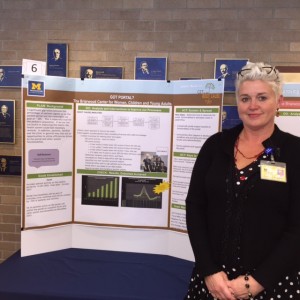I talk to several CIOs each week. I listen to them and try to figure out how we might help them through our advisory services at StarBridge Advisors. Depending on where the CIO is in his or her career, they  sometimes ask, “How and when can I join you at StarBridge?”. The idea of getting off the permanent CIO track and having more flexibility can be appealing.
sometimes ask, “How and when can I join you at StarBridge?”. The idea of getting off the permanent CIO track and having more flexibility can be appealing.
The idea of a “substitute CIO” came up from one of the CIOs I talked to recently. He was thinking about how to get his organization prepared for someone else to lead for a period with the knowledge that he would be back after several months. I told him it sounded like a sabbatical to me – not a bad idea.
Sabbatical means a rest from work or a break. When we think about sabbaticals, we typically think of professors and ministers. It’s a time for them to go away, reflect, study, research, write, and get rejuvenated.
Just think what a CIO could do with an opportunity like that!
When I was working as a CIO fulltime and would visit other countries on vacation, I thought how awesome it would be to spend several months studying another country’s healthcare system. The lessons and new ideas I could bring back to my organization. But that’s just one idea. What about taking time to learn about leading edge healthcare organizations in the U.S. Or studying a particular problem that every healthcare organization is trying to solve. Or working with start-ups on a new and innovative product.
Wouldn’t our industry benefit from letting our senior practitioners step back from the day-to-day and go deeper on work we need to do?
You earn vacation time each year, so why not earn sabbatical time? Continue reading









 Recently I wrote that October was Quality Month and I highlighted
Recently I wrote that October was Quality Month and I highlighted 